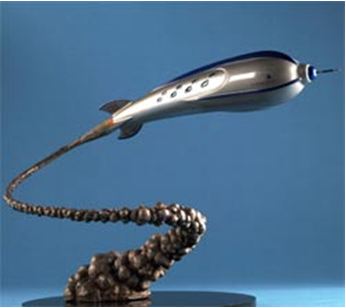

#ROCKET SHIP SERIES#
SpaceX has since been applying the iterative design methodology, using intensive tests on a series of rocket prototypes. Starting with a 2012 announcement of plans to develop a rocket with substantially greater capabilities than SpaceX's existing Falcon 9-underpinned by the ambition to enable human exploration and settlement of Mars-the company created a succession of designs for such a vehicle, under various names ( Mars Colonial Transporter, Interplanetary Transport System, BFR) leading up to a 2019 adoption of a stainless-steel body design, which is also when the name changed to the current Starship. Planned Starship flights include the development of SpaceX's Starlink internet constellation, crewed flights under the Polaris and dearMoon programs, and a crewed lunar landing with a modified Starship spacecraft under the Artemis program. Starship is often coupled with the company's Mars ambitions. SpaceX intends Starship to become its primary space vehicle, superseding the Falcon 9 and Falcon Heavy launch vehicles as well as the Dragon 2 spacecraft currently used as part of NASA's commercial crew program to the International Space Station. After the test, the Federal Aviation Administration (FAA) grounded the launch program pending results of a standard "mishap investigation".

Approximately 40 seconds later both stages were destroyed due to increased aerodynamic forces. SpaceX activated the flight termination system, which fired the explosive charges but did not destroy the vehicle. The first and so far only orbital test flight was attempted on 20 April 2023, when an anomaly caused the vehicle to tumble out of control four minutes after launch. SpaceX's Starship development follows an iterative and incremental approach involving frequent, and often destructive, test flights of prototype vehicles. Plans for a heavy-lift vehicle at SpaceX date to 2005, with the earliest concept resembling the modern vehicle announced in 2016. Starship vehicles in low Earth orbit are planned to be refilled with propellant launched in tanker Starships to enable transit to higher energy destinations such as geosynchronous orbit, the Moon, and Mars. Starship is designed to have a payload capacity of 150 tonnes (330,000 lb) to low Earth orbit in a fully reusable configuration and 250 t (550,000 lb) when expended. Both are designed to be fully reusable, performing controlled landings on the arms of the launch tower used to lift the vehicles and reflown within hours. Both stages are powered by Raptor rocket engines, which burn liquid oxygen and liquid methane propellants in a full-flow staged combustion power cycle. The space vehicle consists of the first-stage Super Heavy booster and the second-stage spacecraft also named Starship.

At 120 metres (394 feet) in height and with a liftoff mass of 5,000 metric tons (11,000,000 pounds), Starship is the largest and most powerful rocket ever flown, surpassing the thrust of the Space Launch System, the Saturn V, and the N1. Starship is a super heavy-lift space vehicle under development by SpaceX.


 0 kommentar(er)
0 kommentar(er)
